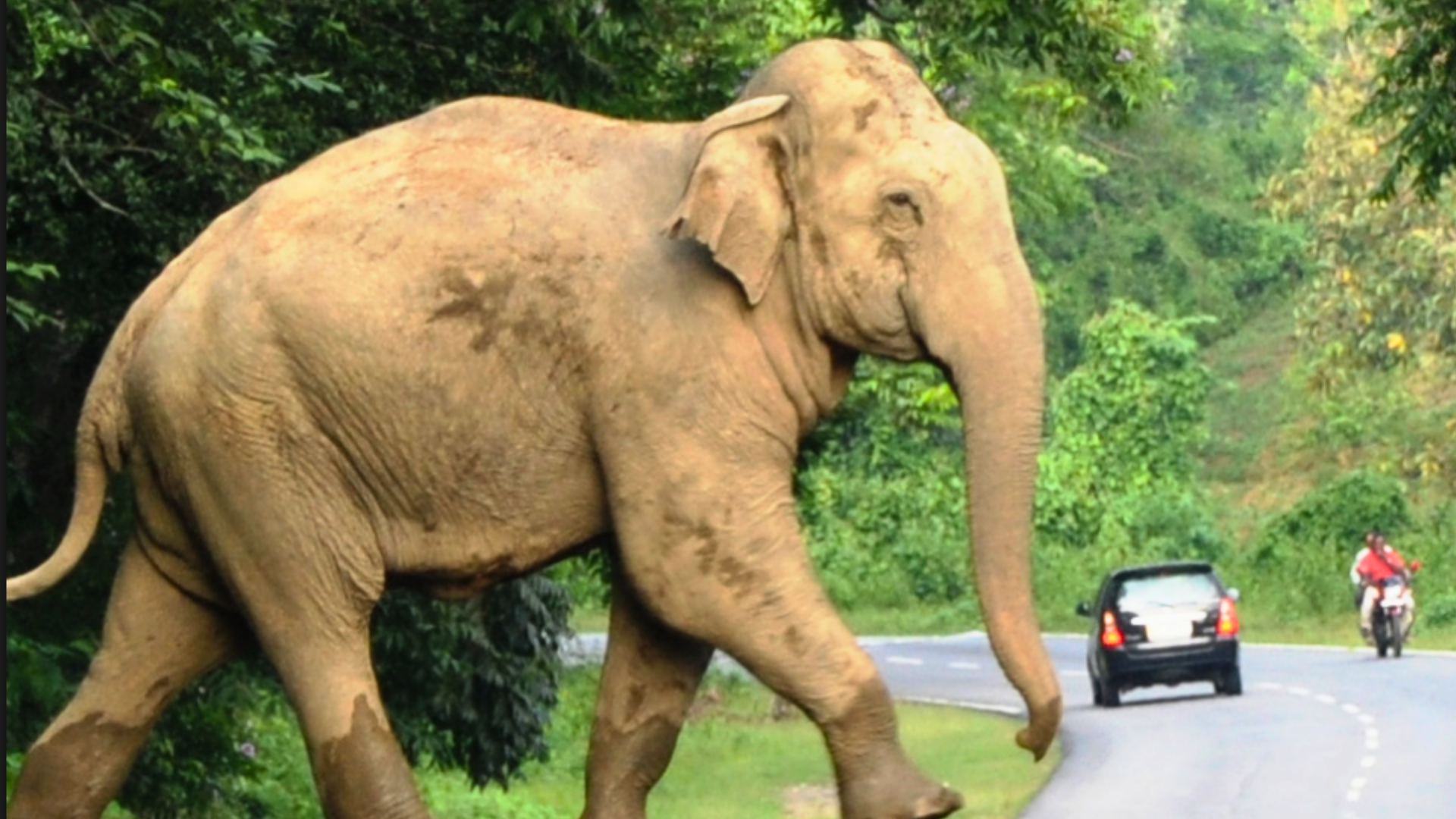Human-animal conflict rises in India as forest land diversion hits decade high
173,984 hectares cleared in decade span
The total area of forest land diverted for other uses across India reached a 10-year peak in 2024, intensifying human-wildlife clashes and threatening biodiversity. Ecologists urge integrating ecological factors into development to curb habitat loss and disease spread.
In 2024, India witnessed a decade-high diversion of forest land, with 29,000 hectares cleared for non-forestry purposes, triggering a rise in human-animal conflicts across the country. This alarming surge in deforestation was accompanied by a 36 pc increase in elephant attacks on people and an unprecedented 82 tiger deaths.
Data from the Indian Ministry of Environment, Forest and Climate Change reveals that between 2014 and 2024, a total of 173,984 hectares of forest land were approved for diversion, primarily to accommodate infrastructure and industrial projects such as mining, hydropower, roads and defence installations.
Mining and quarrying led the diversion activities, accounting for over 40,000 hectares, followed closely by hydropower and irrigation projects which used about the same area.
State-wise, the burden of forest land clearance was unevenly distributed. Jharkhand topped the list with 4,947 hectares diverted, mostly for coal mining infrastructure, followed by Uttar Pradesh with 3,866 hectares, largely for transport networks and urban expansion. Madhya Pradesh, Odisha and Arunachal Pradesh also faced severe habitat loss from such diversions.
The consequences for India’s flagship species, elephants and tigers, have been severe. These animals require large contiguous forest areas for movement, breeding and foraging, corridors that are being fragmented by infrastructure projects like roads, dams, and mining sites.
“Flagship or umbrella species like elephants and tigers require large, contiguous habitats for movement, foraging and breeding. These fragments of forest patches that connect one protected area to another are called wildlife corridors. These corridors are severely affected by linear infrastructures, mining and construction of dams. Such projects require massive tree felling and forest land diversion that directly amplify habitat loss, road mortality and disrupt ecological sustainability,” Ajay Poddar, Grassland Ecologist, WildCRU, a research unit in Maharashtra, tells Media India Group.
Further, habitat degradation also weakens the genetic pool critical for resilient wildlife populations.
“Due to forest land diversion and habitat loss, the flagship species’ gene pool and dispersal, which is essential for genomic diversity to flourish the wildlife population in a healthy ecosystem, gets trampled,” Poddar adds.
The ecological balance also suffers as invasive species such as Lantana camara, Prosopis juliflora and Parthenium proliferate in disturbed habitats, causing declines in native flora and fauna including avian populations.
There is also an often-overlooked threat from free-ranging feral animals such as dogs, cats and cattle, especially in urban settlements inside or on the fringe of forests. These animals can transmit deadly diseases to wildlife. Poddar says that over 20 Asiatic lions in Gir National Park succumbed to canine distemper virus (CDV) transmitted by feral dogs. CDV has also been detected in leopards, jackals and even a tiger from the Panna Tiger Reserve.
In a recent video that was viral over the social media in India, a leopard infected by CDV that had severely affected the animal’s nervous system, was seen wandering among people. India’s ambitious project for reintroduction of cheetahs also faces severe risks from poor habitat conditions and CDV exposure.
Policy-wise, while India’s Wildlife Protection Act (WPA) and efforts by the National Tiger Conservation Authority (NTCA) rightfully emphasise protecting and maintaining flagship species populations within tiger reserves and protected areas, the big challenge persists in buffer zones and community lands.
“Recent dilutions of forest land diversion policies allow industries to compensate through afforestation elsewhere. But afforestation cannot replace the integrity and complexity of an intact forest ecosystem. Once destroyed, these habitats take decades to restore,” says Poddar.
A few rare examples of positive action show that it is possible for the government to ensure that wildlife habitats can be protected even amidst infrastructure development. A stretch of NH44 highway between Nagpur and Seoni has India’s first successful wildlife underpass, a collaborative effort involving the Wildlife Institute of India (WII) and the NTCA, designed to maintain safe animal movement across roads. Innovative technologies such as artificial intelligence have also been piloted in places like the Tadoba Tiger Reserve in Maharashtra for human-animal conflict mitigation and wildlife monitoring, showing promise if scaled and further developed.
India currently records a forest and tree cover of 827,357 square km, or about 25.17 pc of its land mass, according to the India State of Forest Report (ISFR) 2023. However, much of the recent increase in “forest cover” is from plantations and agroforestry rather than restoration of dense, diverse natural forests. The most impacted forest types are dense and moderately dense forests, which are critical carbon sinks and biodiversity reservoirs but they are being depleted in mineral-rich regions and areas with infrastructure growth.
“We cannot stop people from building houses or buying cars, but the need of the hour is to incorporate conservation scientists into development projects to make them ecologically sustainable. Wildlife corridors, underpasses, invasive species control, and leveraging technology along with environmental education are the path forward for coexistence,” Poddar adds.
The 2024 surge in forest land diversion and the resultant rise in wildlife encounters serve as a stark call to action. India’s future depends on how effectively it balances its ambitions for progress with its responsibility to preserve its natural heritage.










